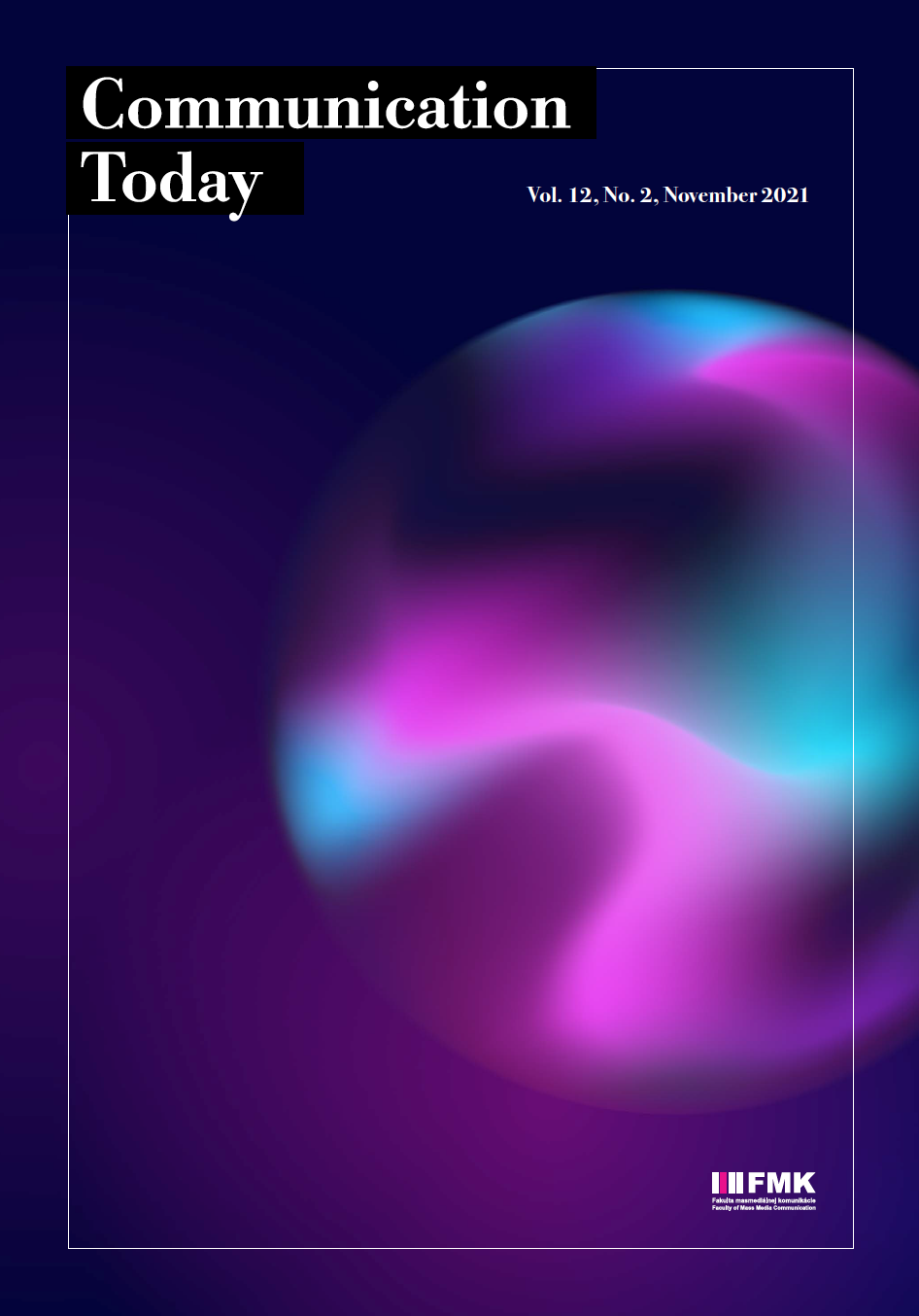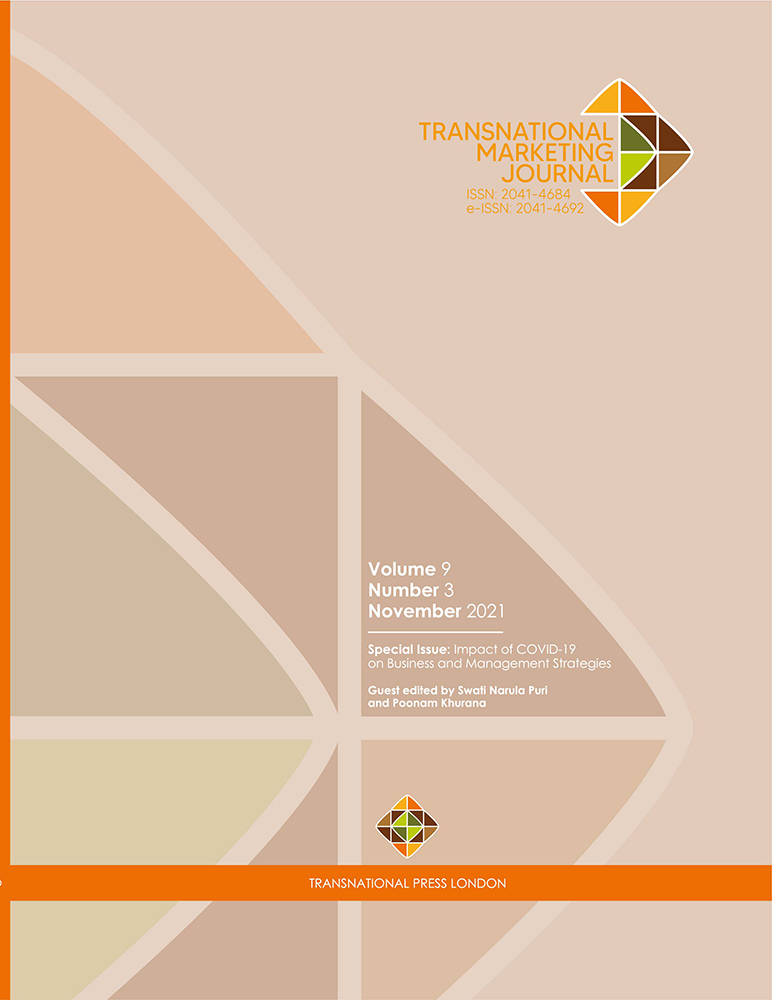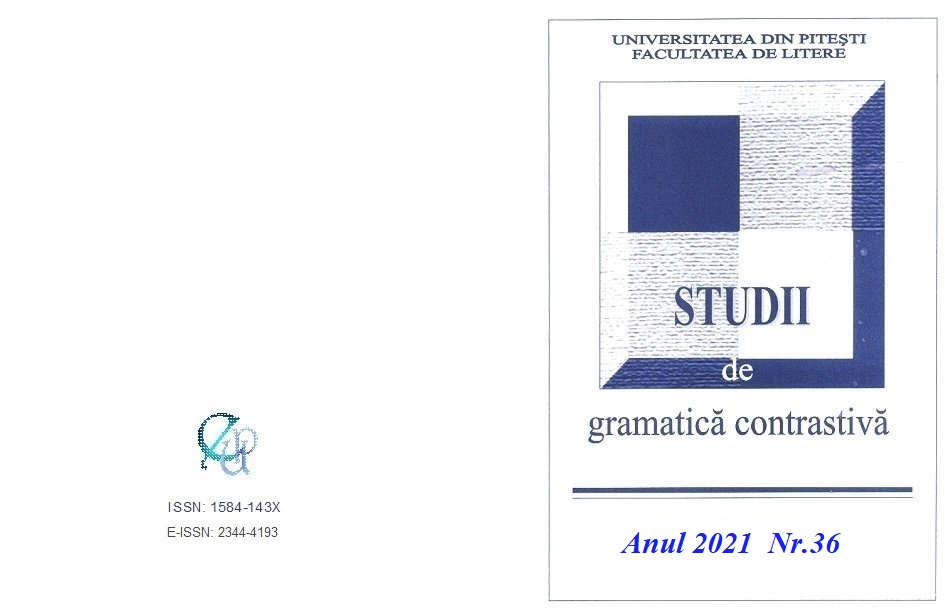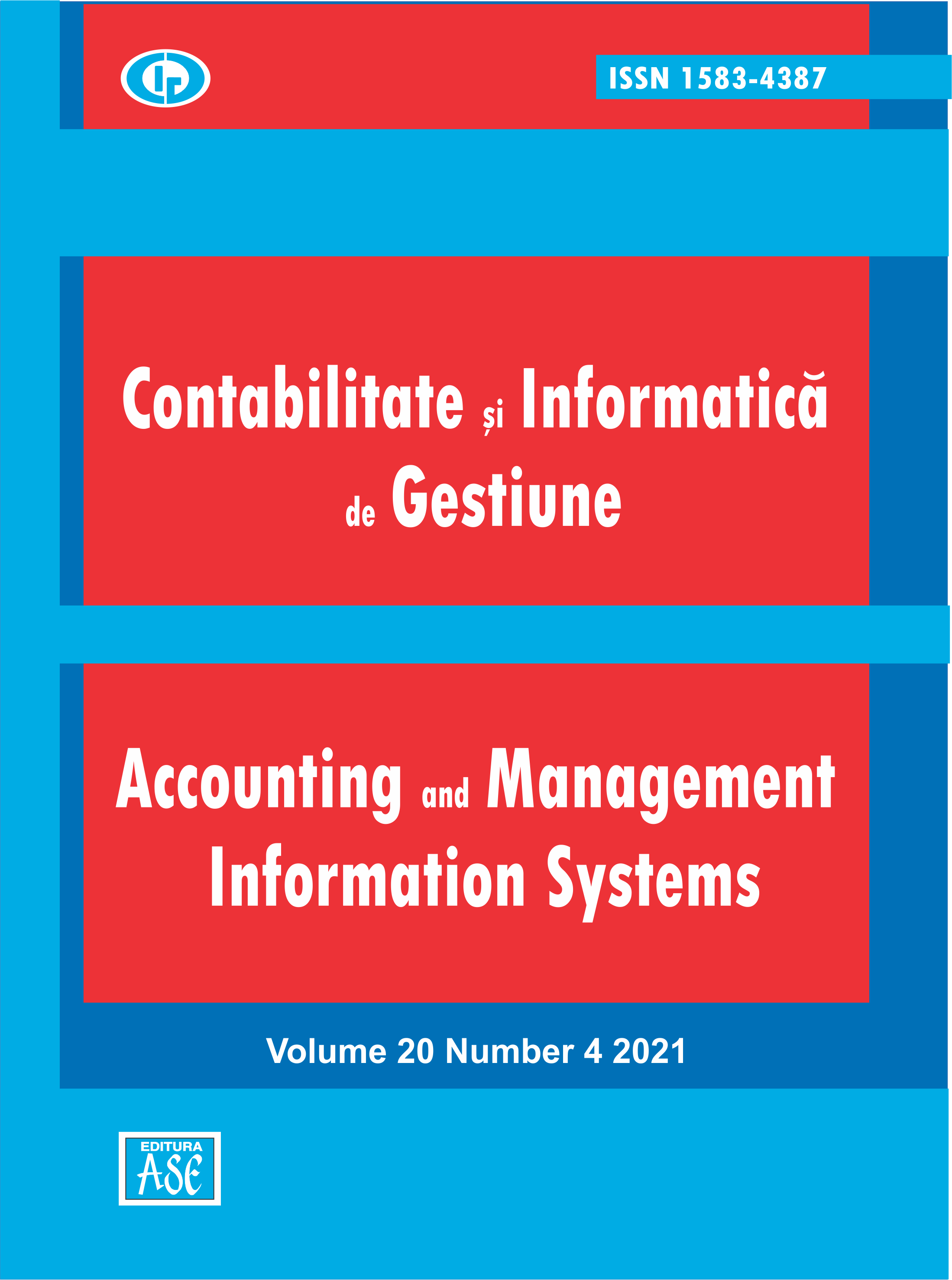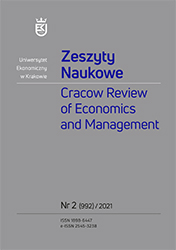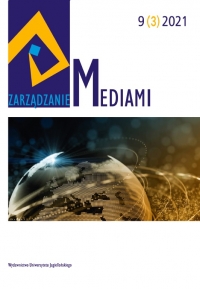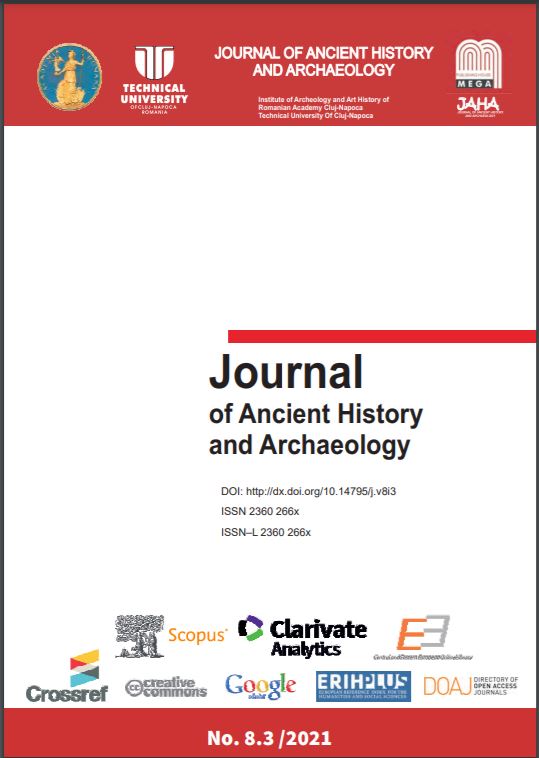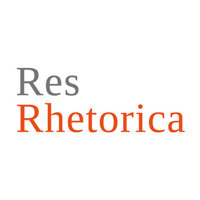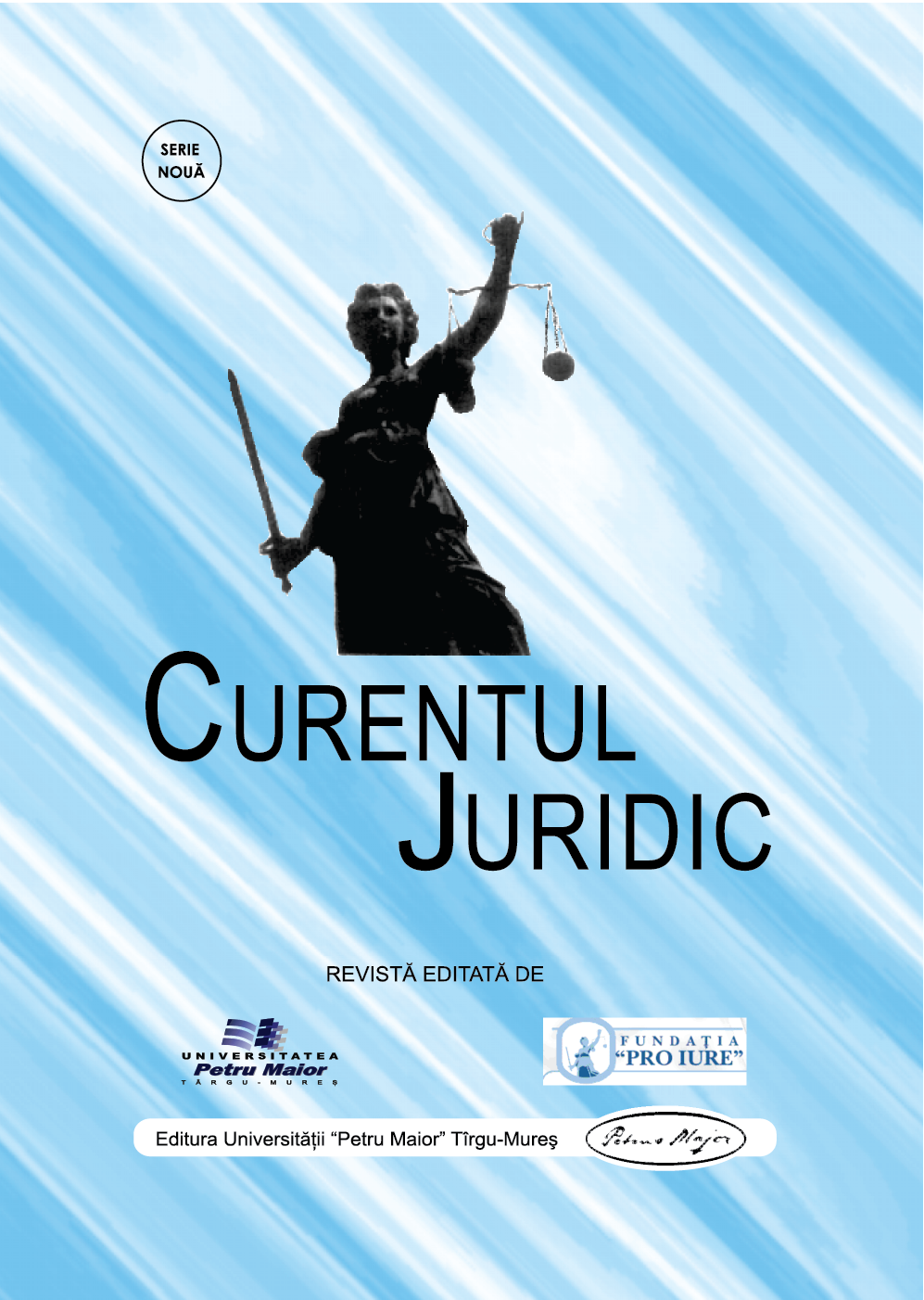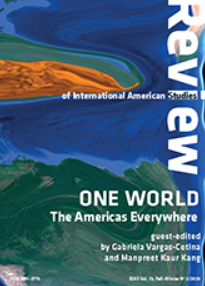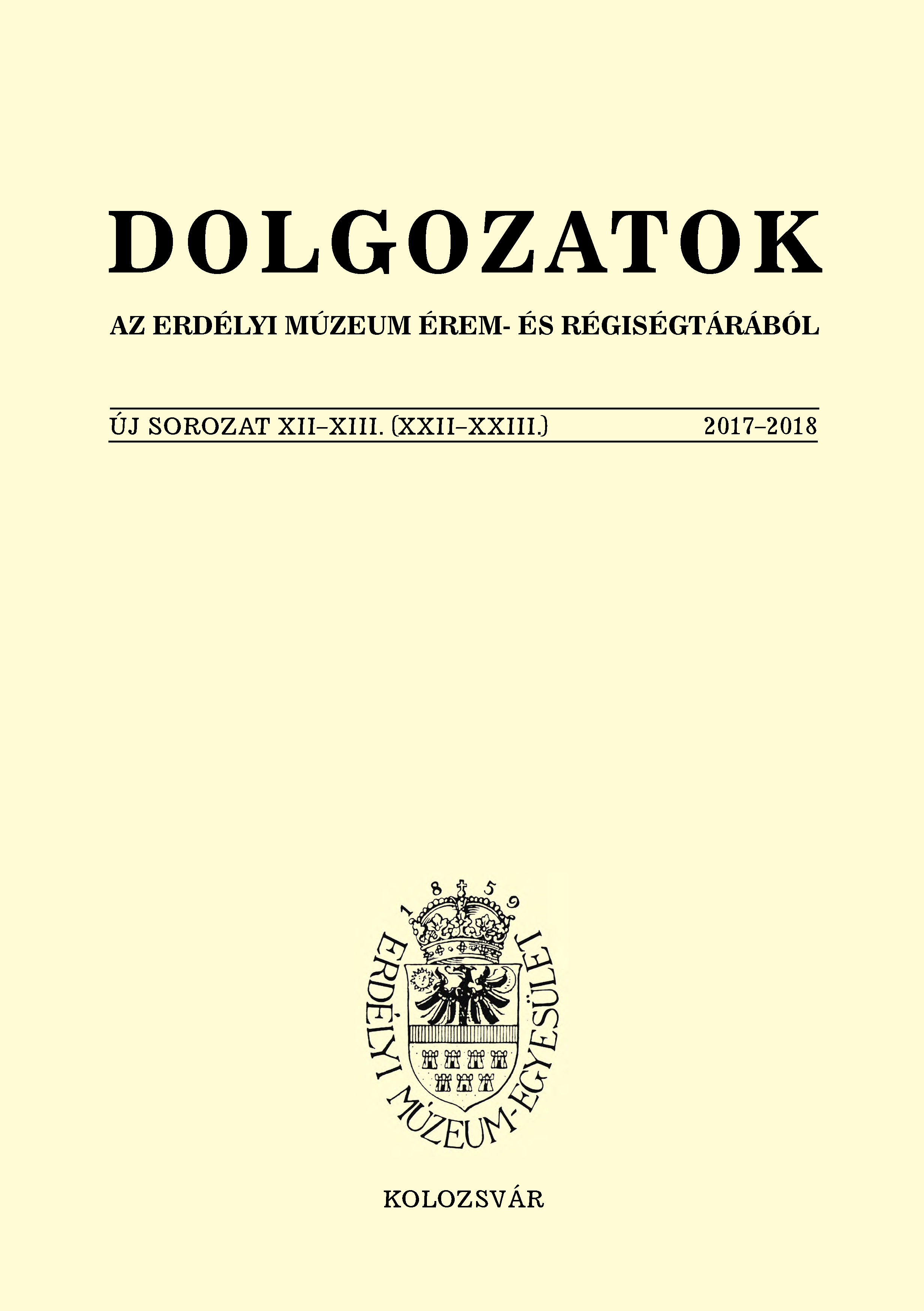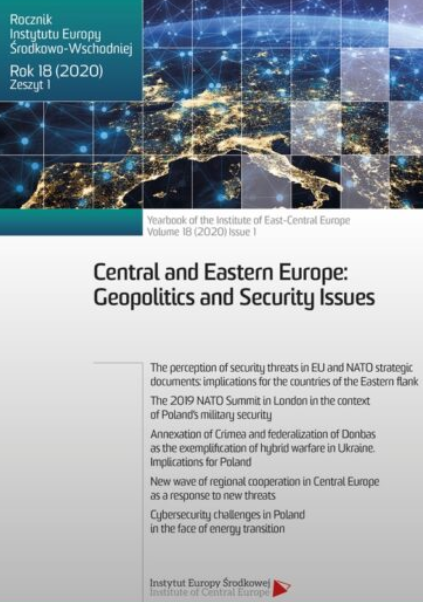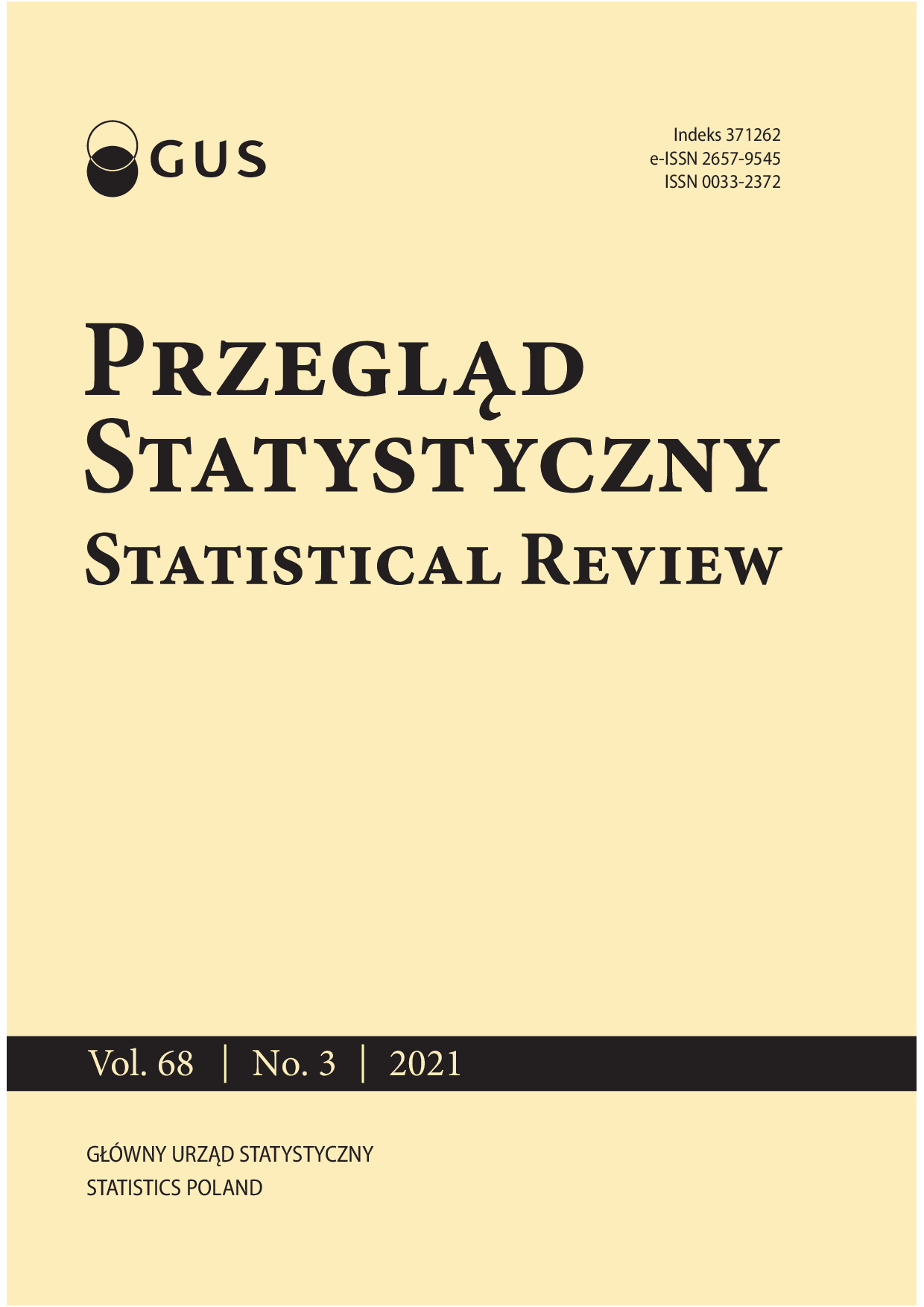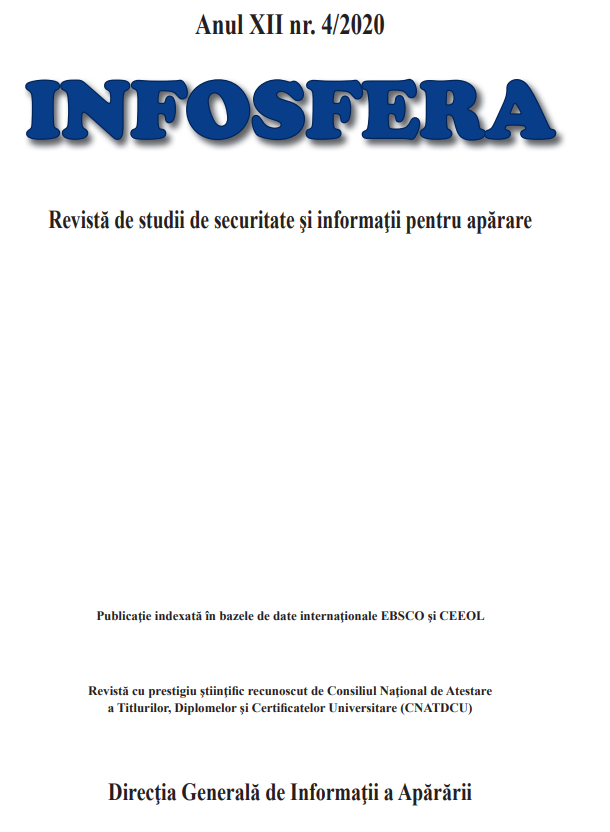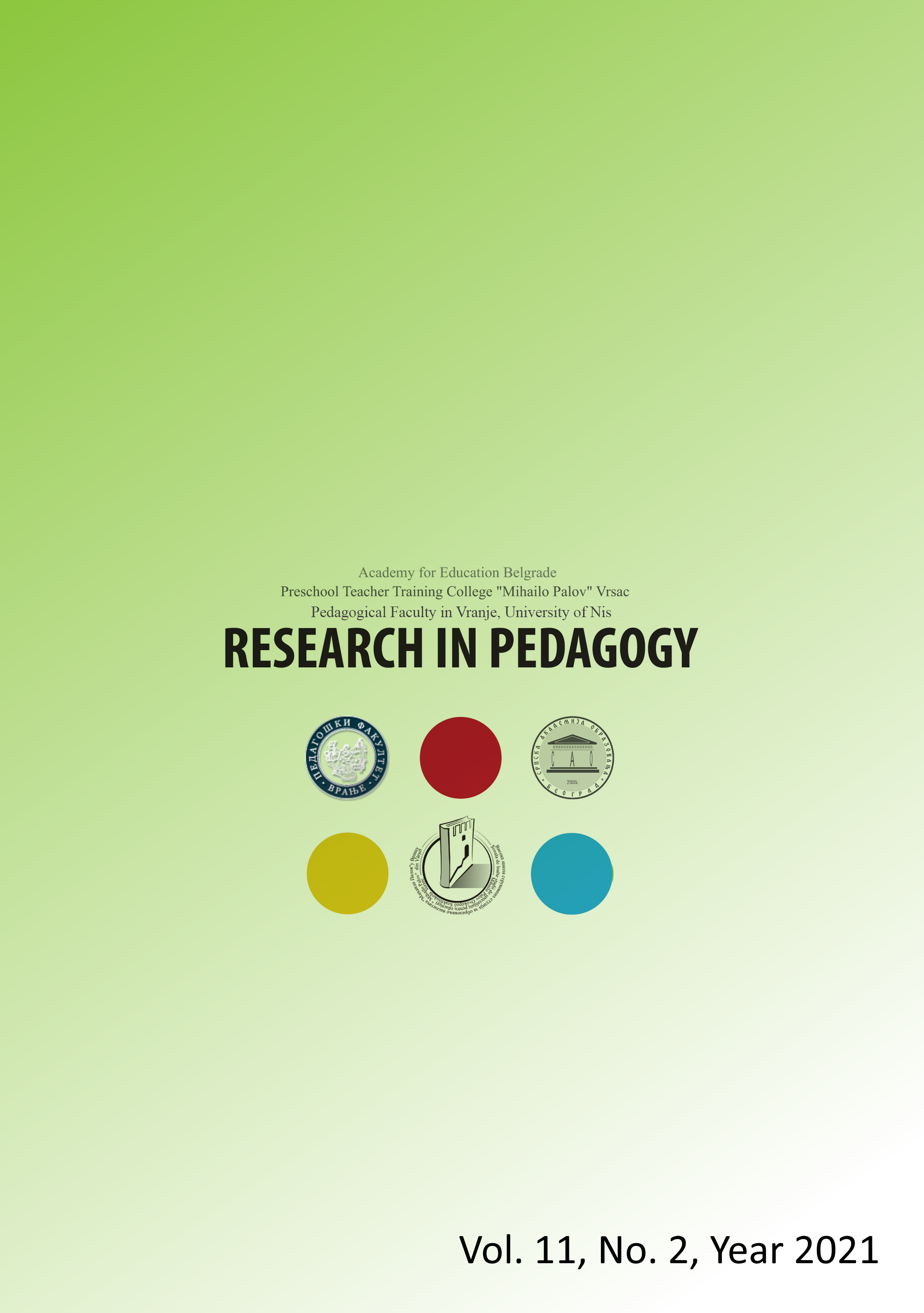Buday György és az 1937-es dudari falukutatás
Author(s): Gyula Lencsés / Language(s): Hungarian
/ Issue: XII-XIII/2018
Keywords: George Buday; Dudar; rural community studies; College of Arts of Szeged Youth; Institute of Sociology London
In September 1937, Dudar, a small settlement in West Hungary, was the site of an international village research project. The event was organised by the College of Arts of Szeged Youth on behalf of the London based Institute of Sociology, but most of the field work was carried out by the colleagues of the Institute and by experts they had recruited. Although György Buday, head of the College of Arts, was not personally present at the Dudar events, he was closely attached to the project from the preparatory to the follow-up stages. This paper gives an overview of the study from György Buday’s perspective. In the interwar period, the Institute of Sociology intensively studied the life of rural communities across Europe, and its members visited Hungary within the framework of this activity in 1937. Through the Hungarian Red Cross, they asked the College of Arts of Szeged Youth to organise the Hungarian field work since their members had been known for their activities in agrarian settlements in the previous decade. The idea and denomination of the social work carried out among people living in farmsteads came from György Buday, who started out from the example of settlement houses that he encountered during his trip to England in 1928. György Buday significantly contributed to the preparation of the village research project in Dudar. As he was in Rome on scholarship at the time, he provided advice to Viola Tomori, one of the Hungarian pioneers of social psychology and the actual organiser of the research, in letters from the Italian capital. Already working by then primarily as an artist, he provided a visual image for the Dudar project: he designed a folder for the planned research work, including a cover page which showed the map of Dudar drawn in his unique style. Using another drawing of his, he prepared souvenir cards for the foreign guests, and he also drew sketches for a coloured postcard. In addition, he commissioned sculptor Pál Vincze with the preparation of a plaquette and a badge. His welcome letter to the participants of the field work in Dudar, which gives an overview of the status of the Hungarian peasantry and the objectives of the village research movement, is on a par with a research paper. The letter can also be regarded as the scientific creed of the College of Arts of Szeged. Buday moved to England soon after the completion of this village research project. He immediately contacted the members of the Institute of Sociology and helped them to process the research materials collected in Dudar. It is of utmost importance that he co-edited the field diary of Dorothea Farquharson, who took notes about the living conditions of the families of the singers she met when accompanying folk song collector and composer Sándor Veress on his tour in the village. Buday also mediated correspondence with one of the peasant families in Dudar. He attended the events of the Institute of Sociology, and personally met with renowned scholars including Bronisław Malinowski, Alfred Radcliffe-Brown and Lewis Mumford. During the war years, he published a paper in a publication of the Institute of Sociology, in which he analysed the Italian fascist propaganda. For decades, he supplied information to the English participants of the village research project in Dudar about the subsequent lives and scientific careers of the members of the College of Arts. György Buday played an important role in the Hungarian afterlife of the project. He provided Ferenc Csaplár, author of the first monograph about the College of Arts of Szeged Youth, with information on the Dudar field work. This information served as a basis for Csaplár’s 1971 paper, which, after more than three decades, was the first to inform the general public in Hungary about this important village research project implemented in the interwar period.
More...
